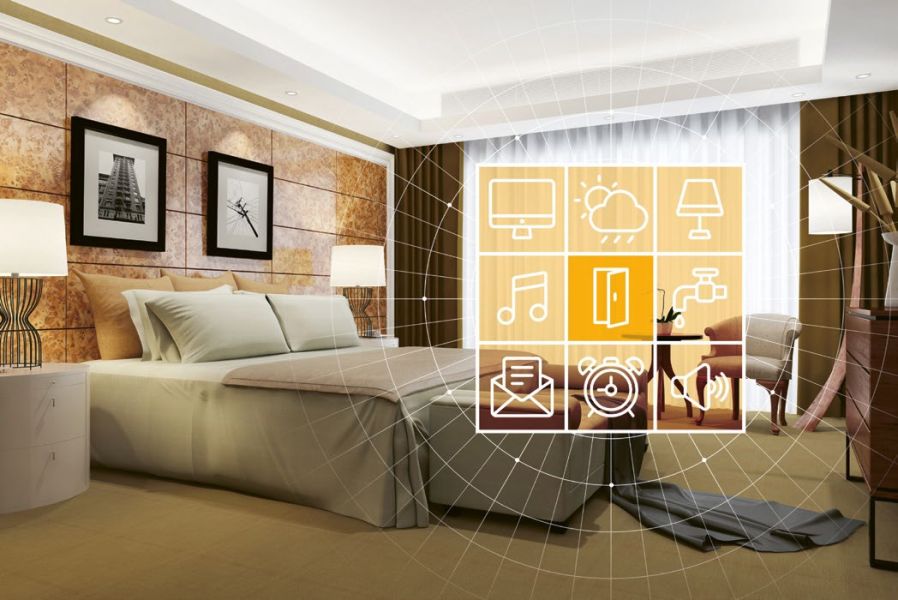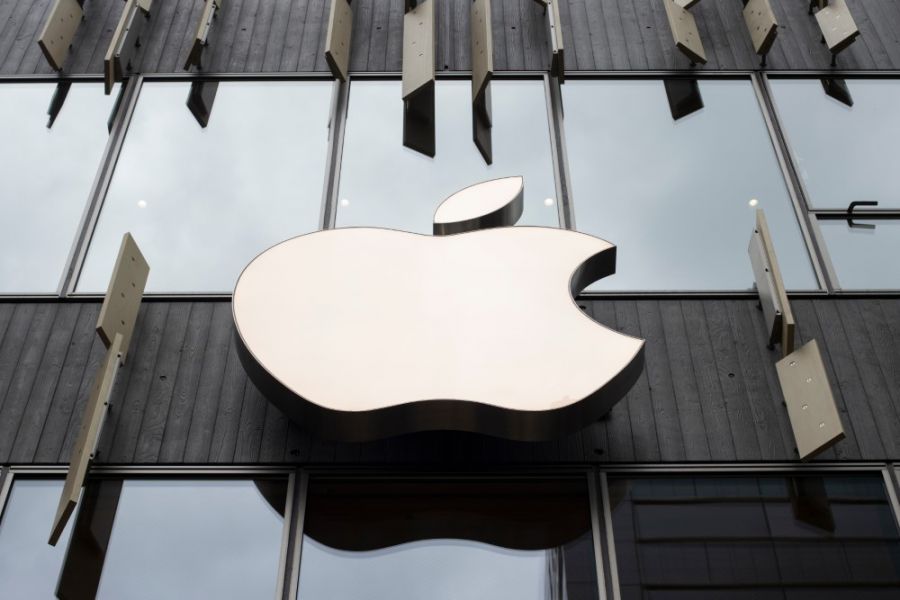Internet of Things (IoT) – technology supporting our everyday life

The Internet of Things (IoT) has become an integral part of our daily lives – changing the model of how we live, work, use services, as well as how society as a whole and global business operate. It opens up almost limitless possibilities – from the use of private devices connected in a smart ecosystem, to Smart City, to business management.
The modern pace of evolution of new technologies has meant that the world is literally changing before our eyes. Technological developments are bringing us more and more opportunities that not long ago seemed very distant, even unrealistic. One of the most promising trends is the growing role of the Internet of Things (IoT) in transforming every-day life. This fascinating concept refers to the interconnection of various systems and devices via the Internet, enabling them to communicate and collaborate in a unique way, in order to collect, analyze and use data in an intelligent and efficient manner. Starting from home and mobile devices to advanced management systems in businesses or hotels. IoT is revolutionizing the way we function, work and interact in many environments.
Smart city
One of the best-known illustration of the use of aspects of IoT technology is the Smart City. The idea of a smart city involves the use of advanced information and communication technologies in an effort to improve various elements of urban life, including transportation, energy consumption, security, and management of urban resources.
With the help of the Internet of Things, it becomes possible to monitor and moderate the functioning of the city in real time, as well as to anticipate possible risks. An example is traffic control systems that can automatically adjust the frequency of traffic signal changes depending on traffic volume, effectively reducing traffic jams and commuter times.
Another example is intelligent energy management systems – which optimize energy consumption in public buildings, reducing operating costs and benefiting the environment. Visual solutions in the urban fabric are also an extremely important element in this context. Professional displays mounted at bus stops, in storefronts, or on buildings, which play an informational role on a daily basis, in a crisis situation can directly serve to convey messages about hazards, accidents, traffic obstructions. In these categories, it is also worth remembering the displays that show the way, as well as the queuing systems that improve the service of petitioners in offices, banks or medical clinics. The management system for the afore-mentioned monitors, can also adjust their brightness to optimize energy consumption, as well as to avoid distracting urban traffic participants.
An extremely important use of IoT is the combination of a public transportation monitoring system with displays that inform about the arrivals of buses, streetcars, and will additionally indicate the current air quality – continuously updated data allows travelers to choose the optimal route and reduce the stress of waiting for late transportation. The overriding goal of integrating various technologies is to increase the quality of life of residents and sustainable urban development.
Smart hotel management
A real field for IoT are hospitality facilities – both in the context of guest stays and the management of global hotel chains. Smart management systems make it possible to automate processes, optimize the use of existing resources and personalize service.
As soon as a guest crosses the threshold of a given establishment, full communication with the guest is possible – and in real time. Beginning with welcome messages at the entrance, through the appropriate temperature in the room, and ending with a tailored offer of services displayed in the room. Dynamic communication and individually tailored services are key from a facility manager’s point of view. Thanks to intelligent cloud solutions, it is possible to collect up-to-date data on guests’ shopping preferences and analyze them on an ongoing basis to prepare offers, providing valuable information and a business advantage. After all, the ability to feel at home is an amenity for travelers that determines their choice of hotel. An important aspect in this regard is access to favorite streaming applications – some solutions already allow secure use – the system saves credentials only for the duration of the stay, and upon check-out they are automatically deleted.
A complete novelty in hotels is the ability to temporarily give control of devices in a specific conference room. The end-user receives a generated web URL through which he can reach Intelligent functions. For example, with the help of his own phone he can operate the professional display located in the hall, control the air conditioning system or lighting. The owner has – of course – the option to specify the use of authorization and the duration of access.
Among all the advantages of IoT, the most valuable added value for hotel chains is the ability to manage multiple properties in real time in an integrated manner. Global operations in the form of implementing consistent content templates, updating services, sending occupancy reports are only a small part of the forms of using the system. Online access and support for multiple users at the same time offers tremendous flexibility – it works perfectly on a global as well as local level, allowing the creation of content tailored to a specific facility, resulting in lower installation, operation and maintenance costs.
The use of IoT technology, in addition to saving time and resources, i.e. material benefits, also brings positive environmental effects. Smart systems for monitoring a property’s energy consumption levels or waste management enable hotels to effectively reduce their carbon footprint, while again translating into lower operating costs, which will increase business profitability.
Stores of the future
Internet of Things technology is also of great importance in the retail sector. It makes it possible to recreate a customer’s complete purchase path and analyze their behavior – and thus better personalize offers. These elements are key to understanding consumer preferences and needs to improve the shopping experience and optimize business operations
Just like in a hotel, with IoT, businesses gain the ability to create personalized working conditions by setting the right lighting, temperature or humidity in advance. Then easily maintain them over time through automated space management. The owner of a smart store can automatically turn the power on and off to adjust menu display screens and indoor lighting during its opening hours.
Security and privacy
– A major challenge in the path of IoT development is data security. The increasing number of connected devices brings the risk of increased cyber-attacks, as well as violations of user privacy. Therefore, parallel work is being carried out to improve data protection methods. A good direction is to build additional security software into devices, creating a single ecosystem that includes all the smart tools of a given user – says Tomasz Chomicki, Business Development Director at Samsung Electronics.
The second key aspect is the very education of smart device owners about the potential risks of using the benefits of this technology.
Interoperability
Interoperability, meaning the ability of multiple IoT systems to work together and exchange data between them, is a fundamental requirement for the effective functioning of the entire IoT ecosystem. To achieve that goal, communication standards and protocols are established that make the various IoT platforms and devices compatible.
Internet of Things significantly contributes to improving efficiency, greater convenience, and better quality of life. The development of this technology definitely translates into optimizing our operations, but it is essential to emphasize a conscious approach to security challenges in order to maximize its potential.
Authors:
Tomasz Chomicki, Business Development Director, Samsung Electronics
Barbara Kaczmarek, Senior Marketing Specialist, Central Eastern Europe Display, Samsung Electronics
This article comes from magazine:
FOCUS ON Business #16 May-June (3/2024)
 Check the issue
Check the issue







